Elèna Brunet
Unravelling the mechanisms underlying ultrasound stimulation of dorsal root and spiral ganglion neurons
Team: Aziz MOQRICH (IBDM) - Emilie FRANCESCHINI (LMA) - Olivier MACHEREY (LMA)
Her background
Octobre 2020 - present | CENTURI PhD student
2019 - 2020 | MSc in Molecular and Cellular Biology, biophysics specialty - Sorbonne University – Paris VI (France)
2018 - 2019 | MSc in Biochemistry - University of Paris – Paris VII (France)
2015 - 2018 | BSc in Life Sciences - Sorbonne University – Paris VI (France)
Contact
About her PhD project
Focused ultrasound (US) is a recently-explored method for neurostimulation.1 One potential advantage of focused US compared to electrical stimulation is the ability to selectively target restricted subpopulations of neurons. This feature makes US neurostimulation a promising alternative tool for the design of future neural prostheses: for example, to restore hearing in deaf people, because contemporary cochlear implants – which work via electrical stimulation - mainly suffer from a lack of spatial selectivity. Focused US was recently shown to directly stimulate neurons in several in vitro and in vivo studies; however the mechanisms of this effect still remain poorly understood. The aim of this interdisciplinary PhD project is to understand the physical and molecular causes of US-induced neurostimulation. The molecular mechanisms will be identified by combining US, calcium imaging and single-cell RNA sequencing on cultured dorsal root ganglia (DRG) neurons. The physical mechanisms (thermal and mechanical effects of US action) will be measured using temperature monitoring and laser vibrometry and confronted to numerical simulations of the in vitro set-up.







